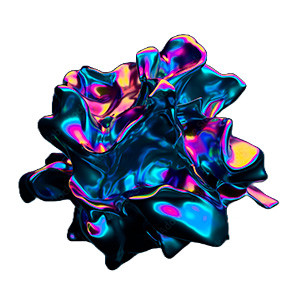March 23, 2023
The virtual touch we’ve been waiting for
New haptic technologies are making virtual touch applications more real than ever before.
In the news
Want to virtually feel a mouse run around on the back of your hand? How about virtually grasping a tennis ball in order to practice your serve while riding the subway?
Both examples were cited by researchers at the City University of Hong Kong, who say they’ve developed an advanced wireless haptic interface system whose softness and thinness could lead to breakthroughs in the adoption of not only virtual and augmented reality (VR/AR) but also the metaverse itself.
WeTac, as the glove has been dubbed, collects personalized tactile sensation data to provide a touch experience said to far exceed currently available capabilities. Today’s haptic gloves, as this piece points out, “rely on bulky pumps and air ducts powered and controlled through cords and cables,” severely limiting the immersive experience of VR/AR. These gloves also confine “stimulation pixels” to the fingertips.
WeTac, by contrast, is far lighter and smaller, its inventors claim, and boasts 32 stimulation pixels on the palm. Needing no external power source, it’s simply considered a major advance in every way.
The Cognizant take
WeTac and similar advances “could further use cases in surgical and medical training,” says Bryan Hill, Vice President of Digital Health & Innovation in Cognizant’s Life Sciences division. For instance, they could allow trainees to get a sense of the size and feel of medical equipment and human anatomy, or perform procedural simulations that build muscle memory. Haptic technologies could also be used to train healthcare workers and caregivers on the experience of patients living with physical symptoms like tremors in conditions such as Parkinson’s disease.
In terms of clinical care, Hill adds, this haptic capability “could do for telemedicine what ChatGPT has done for generative artificial intelligence. The physician could go beyond a virtual consultation, to actually conducting a physical exam remotely.” Specialists could even “feel” the texture of certain skin conditions, wound topography or temperature for progression of healing, or even tissue density for tumor diagnosis.
Applications for patients are similarly vast, Hill says, extending to wearable and smart textiles that could transform real-world data and evidence generation to support research, remote patient monitoring and clinical care, as well as the experience of living with chronic illness and other health conditions. He envisions such applications as allowing the visually impaired to feel three-dimensional objects displayed on a screen, and bringing more lifelike experience and capabilities to prosthetics.
Duncan Roberts, Senior Manager in Cognizant Research, envisions potential applications in additional sectors. “While these gloves may not yet be ready for commercial sale,” he says, “there is certainly a market in the enterprise.” He sees haptics—which he points out includes “a very broad range of technologies”—creating breakthroughs in product testing and design.
An example from the automotive sector is helping designers better understand the effort required to open and close a car door by someone who is diminutive, elderly or physically challenged.
Haptic gloves will continue to advance in capabilities while dropping in price; that’s the familiar path of tech tools. Business leaders should be thinking about potential use cases in their industry.
Understand the transformative impact of emerging technologies on the world around us as they address our most significant global challenges.
Latest posts
Related posts
Subscribe for more and stay relevant
The Modern Business newsletter delivers monthly insights to help your business adapt, evolve, and respond—as if on intuition


